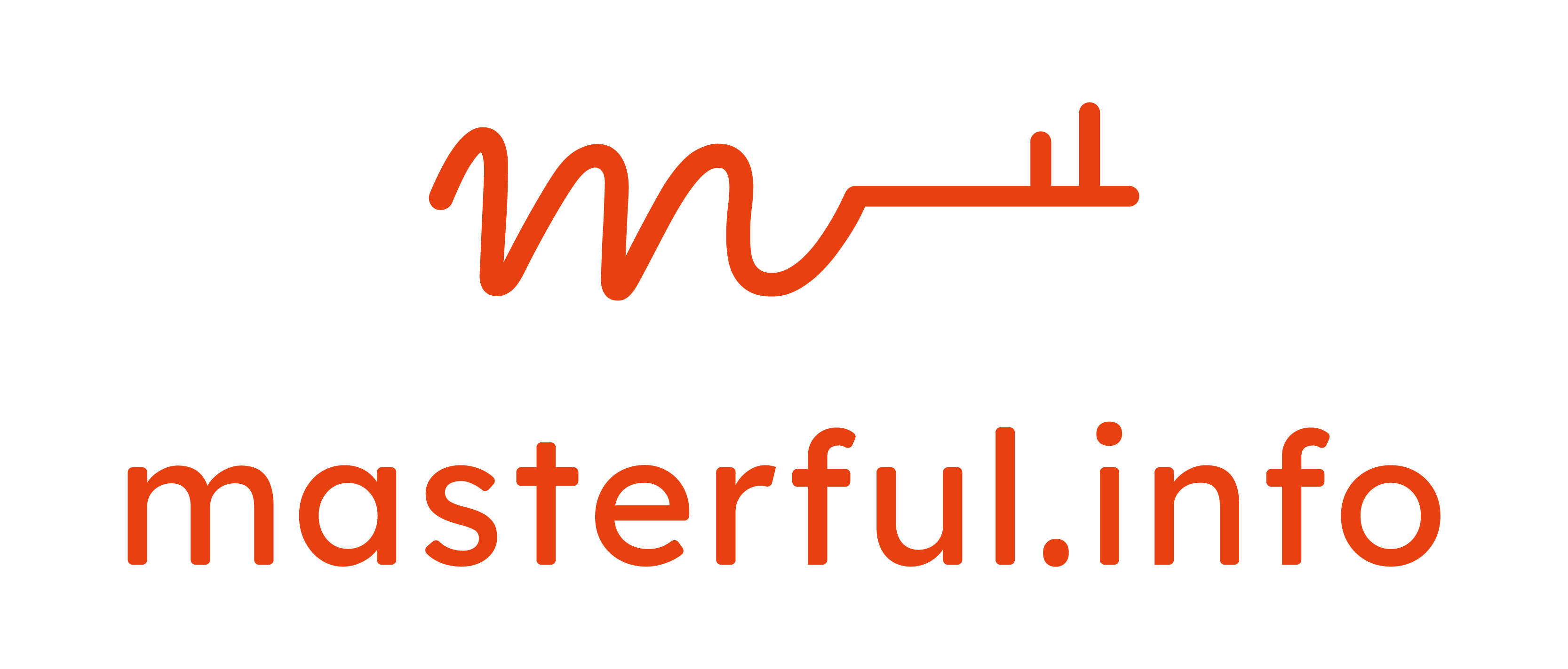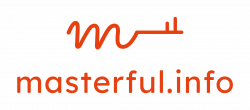Monitoring your progress is crucial for staying motivated, making necessary adjustments, and effectively managing your goals. Here are several practical methods and tools you can use to track your progress, particularly when you are focusing on accomplishing your ONE Thing:
1. Set Clear Milestones
Divide your main goal into smaller, measurable milestones. For instance, if your ONE Thing is to increase company revenue, milestones could include specific monthly sales targets, number of new clients acquired, or successful marketing campaigns launched.
Examples:
- Sales Goals: Track weekly or monthly revenue against targets.
- Project Completion: Set specific deadlines for phases of a project and check off these phases as they are completed.
2. Use Task Management Tools
Digital tools can help you organize tasks, set deadlines, and visually track your progress. Popular tools include:
- Trello: Great for visual task management with boards, lists, and cards to organize and prioritize projects.
- Asana: Useful for tracking tasks and projects, setting deadlines, and monitoring the progress of individual tasks or entire projects.
- Monday.com: Offers visual task management with an emphasis on teamwork, showing who is responsible for what and the status of tasks.
3. Keep a Journal
Maintain a daily or weekly journal to reflect on what you accomplished towards your ONE Thing. This can help you see progress over time, understand what strategies are working, and identify areas for improvement.
Example:
- Daily Entries: Note the main task you focused on, any obstacles you encountered, and how you felt about your progress.
4. Establish Routine Check-Ins
Schedule regular review sessions—daily, weekly, or monthly—to assess your progress. This helps keep your goals in focus and allows for timely adjustments.
Example:
- Weekly Reviews: Every Friday, review accomplishments for the week and plan the main focus for the next week.
5. Use Performance Metrics
Depending on your ONE Thing, specific metrics can provide concrete evidence of progress. This could be analytics from a website, sales figures, or performance reviews.
Example:
- Website Traffic: Use tools like Google Analytics to track visitor data and engagement metrics if your goal is to increase online presence.
6. Visual Progress Bars
Create visual representations of your progress, such as progress bars in spreadsheets or visual goal trackers online. Seeing a visual increase can be highly motivating.
Example:
- Spreadsheet Tracking: Set up a simple Excel sheet where you fill in a bar or a percentage as you move toward completing a task or project.
7. Feedback Loops
Get feedback from peers, mentors, or stakeholders. This can provide external perspectives on your progress, offering insights you might miss on your own.
Example:
- Monthly Feedback Meetings: Arrange monthly meetings with a mentor to discuss progress, challenges, and get advice.
By employing these methods, you can effectively monitor your progress, ensuring that you stay aligned with achieving your ONE Thing and making necessary adjustments along the way.
Key Points from “Big is bad” Misconception
1. Fear of Thinking Big:
- People often shy away from setting big goals because they fear failure or believe such goals are unrealistic. This fear leads to setting smaller, more “manageable” goals that don’t push the boundaries of what’s possible.
2. The Problem with Small Thinking:
- Small thinking leads to small results. If you only aim for what you are sure you can achieve, you limit your potential and miss out on opportunities to achieve more significant breakthroughs.
3. Encouragement to Think Big:
- Keller and Papasan encourage readers to think as big as possible—what they describe as thinking so big that it feels almost uncomfortable. The rationale is that big goals force you to question your current methods, push your limits, and innovate in ways that smaller goals do not.
4. Stretching Your Capabilities:
- By setting big goals, you’re forced to grow to meet them. This might mean learning new skills, finding new resources, or changing your approach fundamentally. It’s about expanding your capabilities and your capacity.
How to Effectively Implement “Big Thinking”
1. Set Big Goals, Then Focus on Small Steps:
- While your overall goal should be big, your focus should be on the small steps that can get you there. This means identifying the ONE Thing you can do that will make everything else easier or unnecessary, which is a core tenet of the book.
2. Use The Focusing Question:
- Regularly ask yourself, “What’s the ONE Thing I can do such that by doing it everything else will be easier or unnecessary?” This helps maintain focus on the essential actions that contribute most significantly towards your big goal.
3. Reassess and Adjust:
- Big goals require flexibility. As you progress towards your goal, keep reassessing your strategies and the results you’re achieving. Be prepared to pivot and make adjustments as needed.
4. Build Momentum with Small Wins:
- Achieving small, incremental wins builds momentum and confidence, making it easier to keep pushing towards bigger milestones.
In summary, while the phrase “Big is bad” captures the common fear and skepticism around setting ambitious goals, “The ONE Thing” turns this idea on its head, arguing that big goals are not just good but necessary for achieving extraordinary results. The book guides readers to think big but act with focused, deliberate steps.
Strategies to Remove Distractions:
1. Time Blocking:
- Definition: Dedicate specific blocks of time in your schedule exclusively for working on your ONE Thing. Treat these blocks as non-negotiable appointments.
- Example: If you’re a writer, you might block out the first three hours of every morning for writing. During this time, all other activities—including emails, phone calls, and social media—are off-limits.
2. Create a Dedicated Workspace:
- Definition: Set up a physical environment that is conducive to focusing. This space should be organized and free from things that pull your attention away from work.
- Example: Have a clean desk with only the materials needed for your task. If possible, use a separate room or a partitioned area that is designated solely for deep work.
3. Limit Electronic Distractions:
- Definition: Electronic devices can be significant distractions due to constant notifications and the temptation to check messages or social media.
- Example: Use software tools that block distracting websites during your work hours. Turn off notifications or use a different device that does not have social media or email accounts logged in.
4. Communicate Your Focus:
- Definition: Let your colleagues, friends, and family know about your focus blocks and request not to be disturbed during these times unless there is an emergency.
- Example: Set an auto-responder on your email and messaging apps letting people know when you’ll be available again. Use a sign on your door or desk that says “Focus Time.”
5. Streamline Your Tasks:
- Definition: Eliminate or delegate tasks that do not contribute directly to your ONE Thing.
- Example: If you run a business, delegate administrative tasks to support staff so you can focus on client acquisition or product development.
6. Cultivate Self-Discipline:
- Definition: Train yourself to resist the urge to multitask or deviate from your primary task.
- Example: Practice mindfulness or other concentration exercises to improve your ability to focus for extended periods.
7. Prepare Mentally and Physically:
- Definition: Being physically or mentally unprepared can be a distraction in itself.
- Example: Ensure you get enough sleep, eat healthily, and engage in physical activity to keep your energy levels high.
Applying the Concepts:
To apply these principles, consider a scenario where your ONE Thing is to develop a new software product. Here’s how you might eliminate distractions:
- Time Block: Reserve your peak energy times, say from 9 AM to 12 PM, exclusively for coding or design work.
- Dedicated Workspace: Set up a home office with minimalistic design, free from personal clutter.
- Limit Electronic Distractions: Use a browser extension like StayFocused to block non-work related sites during your focus hours.
- Communicate Your Focus: Inform your team that you will be unavailable during your morning focus block and hold all non-urgent communications until the afternoon.
- Streamline Tasks: Hire a freelance admin assistant to handle emails and scheduling.
- Cultivate Self-Discipline: Start your day with a 10-minute meditation to enhance concentration.
- Prepare Mentally and Physically: Adopt a morning routine that includes exercise and a healthy breakfast to optimize your focus and energy.
By removing distractions and dedicating your attention to your ONE Thing, you increase your efficiency and effectiveness, bringing you closer to achieving your goals.

